NCERT Solutions For Class 10 Maths Chapter 5 Arithmetic Progressions, FREE PDF Download: Board exams are around the corner and students might be looking for NCERT solutions for Class 10 Maths Chapter 5 Arithmetic Progressions. Take a look at this article to get the solutions in one place.
Also, check
NCERT Solutions For Class 10 Science Chapter 4 Carbon And Its Compounds, Download Free PDF!
NCERT Solutions For Class 10 Maths Chapter 5 Arithmetic Progressions
We are providing the pictures for NCERT Solutions for class 10 Arithmetic Progressions. Students can take a look at some of the exercises and the rest can be downloaded from the PDF provided below. We are providing some of the questions from the chapter below:
1. In which of the following situations, does the list of numbers involved make an arithmetic
progression, and why?
(i) The taxi fare after each km when the fare is Rs15 for the first km and Rs 8 for each
additional km.
(ii) The amount of air present in a cylinder when a vacuum pump removes 1/4
of the air remaining in the cylinder at a time.
(iii) The cost of digging a well after every metre of digging, when it costs Rs 150 for the
the first metre and rises by Rs 50 for each subsequent metre.
(iv) The amount of money in the account every year, when Rs 10000 is deposited at
compound interest at 8 % per annum.
2. Write the first four terms of the AP, when the first term a and the common difference d are
given as follows:
i) a=10, d= 10
ii) a = –2, d = 0
iii) a = 4, d = – 3
iv) a = – 1, d = 1/2
v) ) a = – 1.25, d = – 0.25
3. For the following APs, write the first term and the common difference:
(i) 3, 1, – 1, – 3, . . .
(ii) – 5, – 1, 3, 7, . .
(iii) 1/5, 5/3, 9/3, 13/3 , ....
iv) 0.6, 1.7, 2.8, 3.9, . . .
4. Which of the following are APs? If they form an A.P. find the common difference d and write three more terms.
(i) 2, 4, 8, 16 …
(ii) 2, 5/2, 3, 7/2 ….
(iii) -1.2, -3.2, -5.2, -7.2 …
(iv) -10, – 6, – 2, 2 …
(v) 3, 3 + √2, 3 + 2√2, 3 + 3√2
(vi) 0.2, 0.22, 0.222, 0.2222 ….
(vii) 0, – 4, – 8, – 12 …
(viii) -1/2, -1/2, -1/2, -1/2 ….
(ix) 1, 3, 9, 27 …
(x) a, 2a, 3a, 4a …
(xi) a, a2, a3, a4 …
(xii) √2, √8, √18, √32 …
(xiii) √3, √6, √9, √12 …
(xiv) 12, 32, 52, 72 …
(xv) 12, 52, 72, 73 …
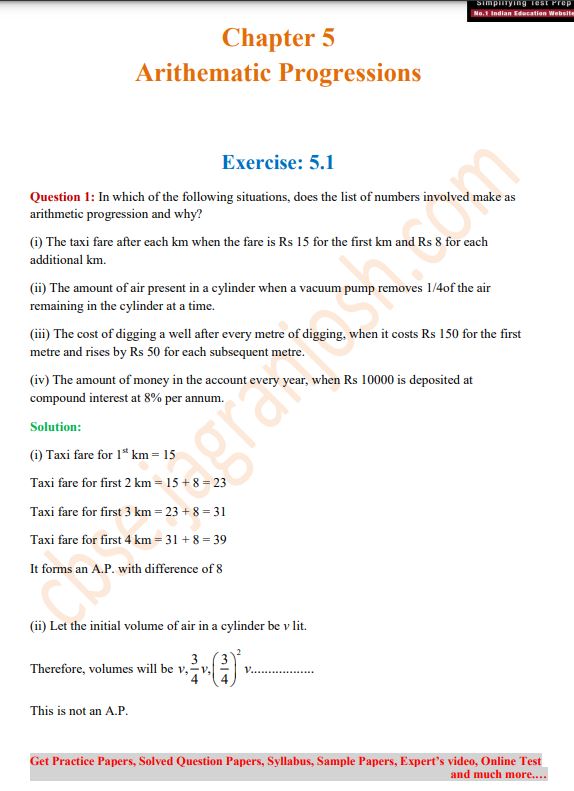
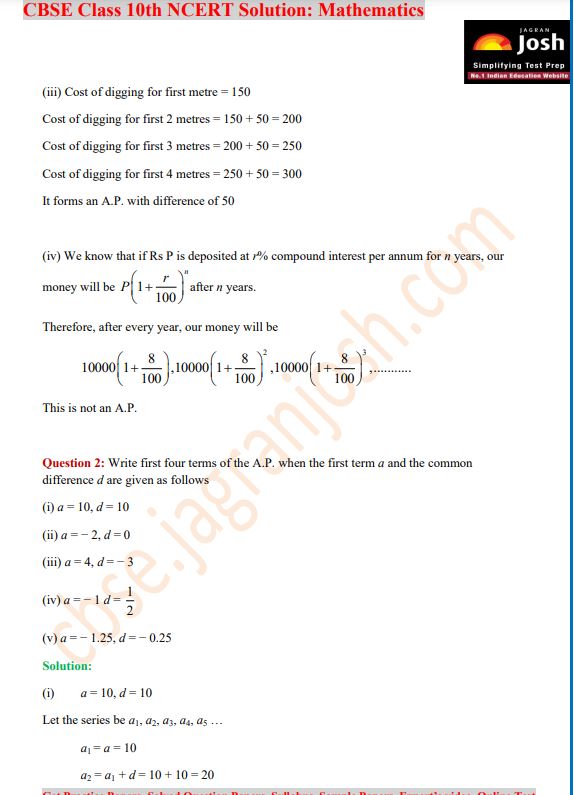
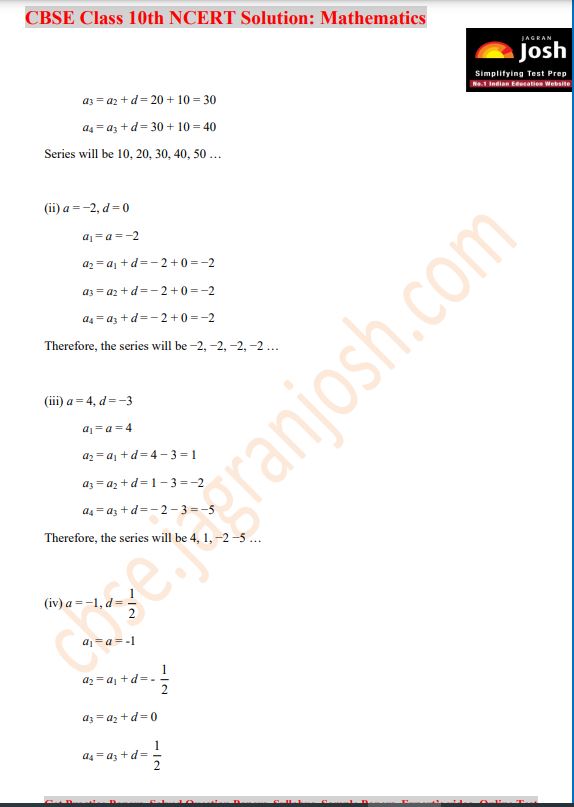
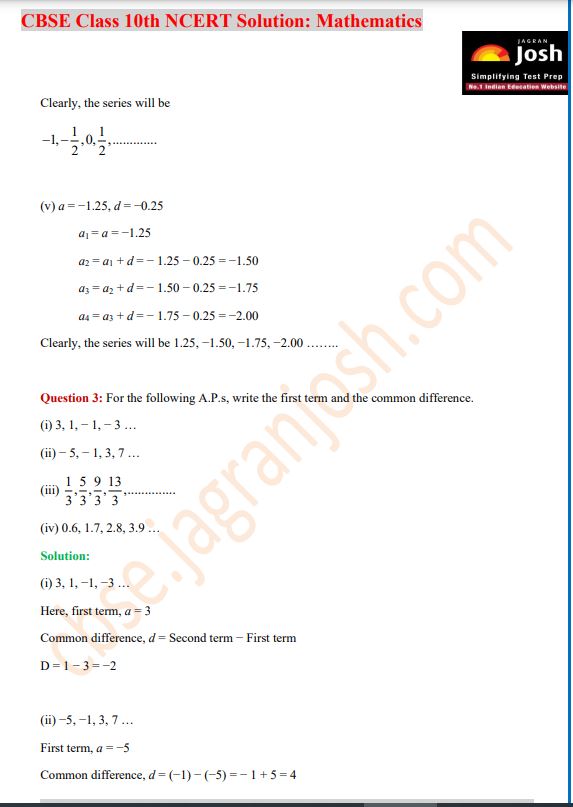
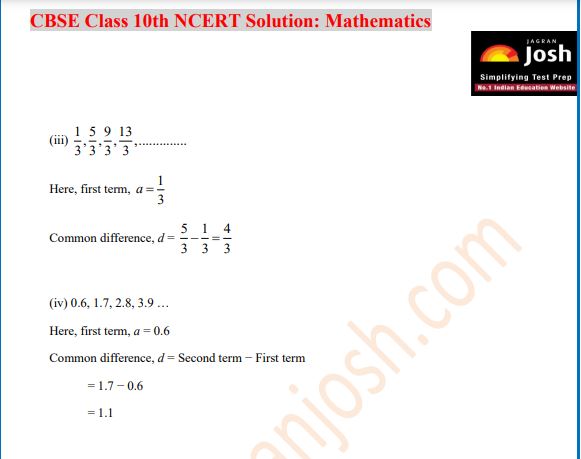
Comments
All Comments (0)
Join the conversation